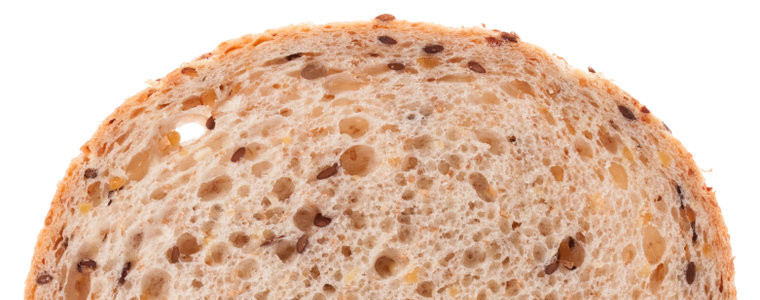
How objective are you when it comes to estimating the quality of your products? Do you run crumb analysis? For something as precise as baking, it makes sense evaluating the products should be as well.
Because bakery products have a characteristic shape and definite texture that is expected by consumers, any significant change is often considered a quality defect. These textural and sensory properties of baked goods are defined by the crumb structure that is created by microscopic and macroscopic components of the formula.
This is where crumb analysis comes in
Crumb analysis is the easiest way to quantify the change caused by varying ingredients and processes. The main attributes determined by crumb analysis of breads, cakes and other baked goods include:
- Internal cell shape
- Cell size and uniformity
- Cell wall thickness
- Porosity
- Color
Since this analysis is not quantifiable by the human eye, it’s done using image analysis techniques. Tools can scan samples and produce reports for analysis. One example is C-Cell, a baked product analyzer. It is used to objectively quantify key features that relate to raw material quality or process conditions. This method is used the wheat, flour and baking industries to provide a common language when defining crumb structure.

